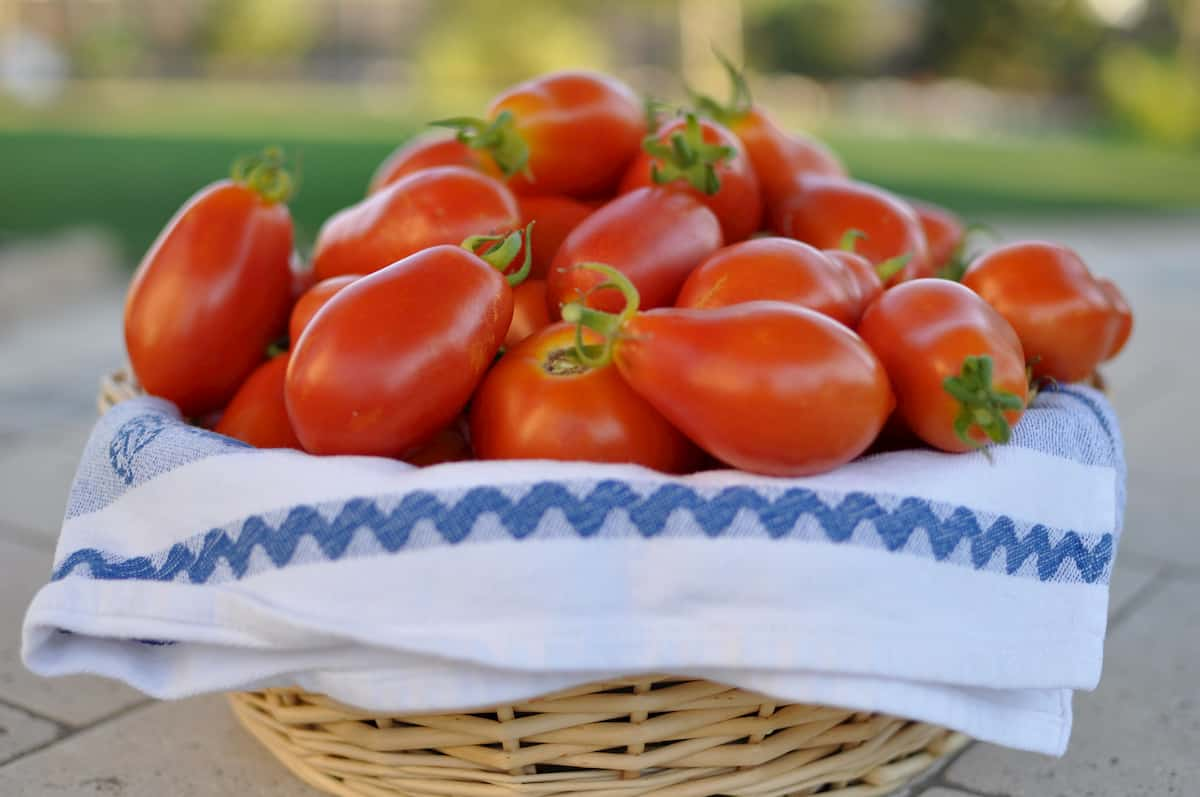Ketchup – Is it a genuinely American contribution to World Cuisine?

What is Ketchup?
Ketchup is a sweet Tomato-sauce. Normally sold in ready-to-use bottles in glass or plastics. It contains tomatoes, sweetener (sugar, corn syrup…), and vinegar. Then there are spices and seasonings added. Various brands and types can be very different from each other and new flavors and inventions happen all the time. Without venturing into new and strange types, it’s fair to say that the classical Ketchup has a perfect balance between sweet and bitter, between sweet tomato and vinegar.
Ketchup is normally used right out of the bottle as a condiment for hot, grilled, and fried dishes. Hamburgers, french fries, hot dogs, eggs, and all kinds of meat. But it’s also used as an ingredient f.ex. in salad dressing like Thousand Island and Russian-. Even top-class chefs use Ketchup to spice up some of their prize-winning dishes.
The Origin of Ketchup

The origin of Ketchup is actually very interesting and if somebody doubts the fact that it’s a genuine American product, this would be the reason. The etymology of the name is controversial. It comes from Asia/China and the most probable origin is the word 鮭汁 kôe-chiap or kêchiap in Hokkien-Chinese. It means Salmon juice, The idea was a sauce made from fermented fish, probably anchovies.
It’s a very old concept. During the centuries kôe-chiap slowly changed, and traveled. It went to Vietnam, Cambodia, to Canton and Fukien province, and even to Indonesia before it came back to China and eventually to England with traders. At this time the word had generalized into meaning just sauce… Something runny originating from East Asia. Around 1800, in England, the main ingredient was mushrooms or walnuts.
It even turned into a remedy

In the 1830s the Assistant President of the Mormon church, John Cook Bennett, started selling Ketchup-pills as medicine. After having introduced tomatoes to the sauce, he started manufacturing and promoting the pills as a cure for diarrhea, indigestion, and rheumatism. Even postural defects could be cured.
It wasn’t a success.
Anyway, by the beginning of 1800, the tomatoes had made their entrance and a few decades after that, the anchovies were dropped.
At this point, the original Ketchup from China had changed a lot while going from one part of the world to another. It came to England and from there to America, and the newly born nation, the United States of America.
In the USA Ketchup slowly started its triumphant march over the territory. Housewives and maidens all over the nation cooked and bottled the red gold. Slowly the amount of sugar and vinegar increased. In 1837 Jonas Yerkes sold the first industrially produced bottle.
 Heinz, and the origin of the American ketchup
Heinz, and the origin of the American ketchup
Henry John Heinz started his company in 1876, one year after he had gone bankrupt with his first food company – A horseradish canning firm. The Heinz trademark soon became synonymous with tomato sauce – Ketchup. The slogan “Blessed relief for Mother and the other women in the household“ indicates that much time in a normal American household was dedicated to the lengthy process of cooking tomato Ketchup.
In 1906 the use of sodium benzoate as a preservative in food was banned. This forced the industry to try to find other solutions to make Ketchup last. At the end of 1800, the refrigerator for home use was still an unknown concept.
The Heinz company (and others…) made two changes that were significant for making Ketchup the standard American condiment:
- The amount of sugar was increased further, making the sauce sweeter. The amount of Vinegar was also increased, creating a counterweight to the sweetness.
- Instead of using unripe tomatoes that are low on pectin, they started using ripe ones. Apart from being a preservative, the pectin in ripe tomatoes also created a more creamy consistency. Before the beginning of 1900, Ketchup was much more watery and thin.
The Heinz company actually still uses an invention called the Quantifier to measure the viscosity of the sauce. You simply let the Ketchup flow down a track, and measure how long it has traveled in ten seconds.
And now, around 1910, Ketchup was more or less the product we know today.
So, can you really say it’s American?
The word “Ketchup” comes from the Chinese word kôe-chiap or kêchiap, but that’s as much Chinese as you could ever find in the red sauce. The transformation from the original fish condiment into the Ketchup we know today has been close to 100%. The Asian sauce has as much in common with modern Ketchup as a Sandwich with a tomato slice on top has with the Neapolitan Pizza. It’s a 100% American product… Or at least 99%…
Conclusion
Yes, Ketchup is a genuinely American product, even though the name isn’t.

sources